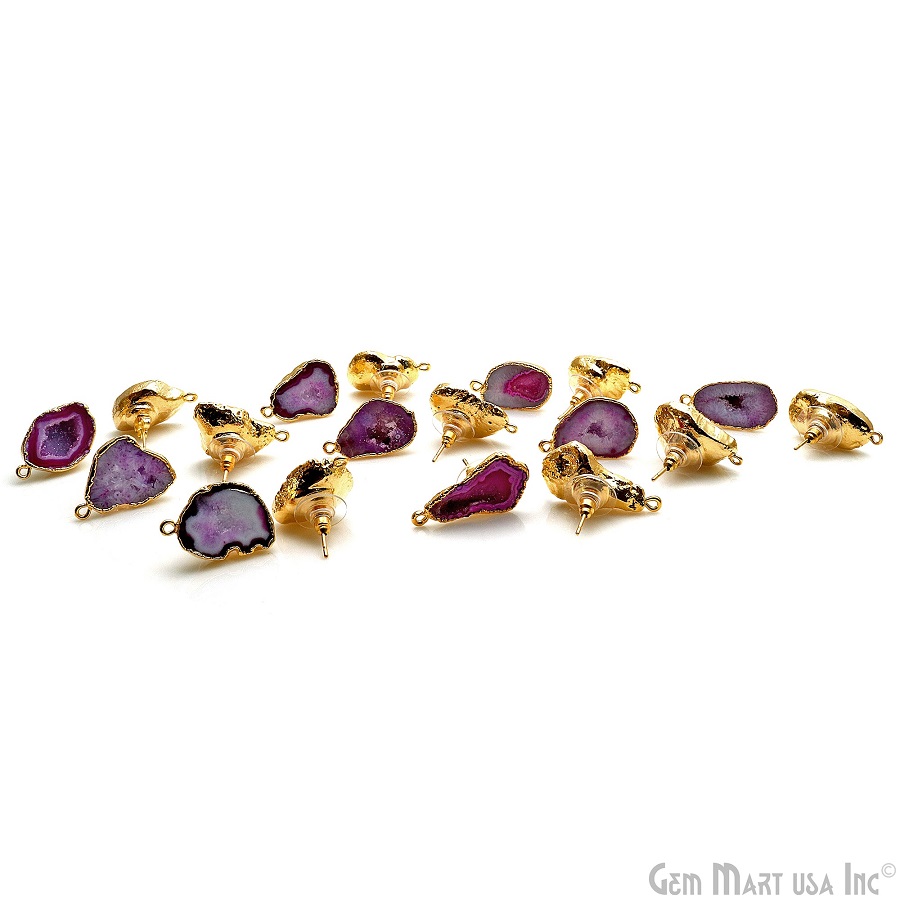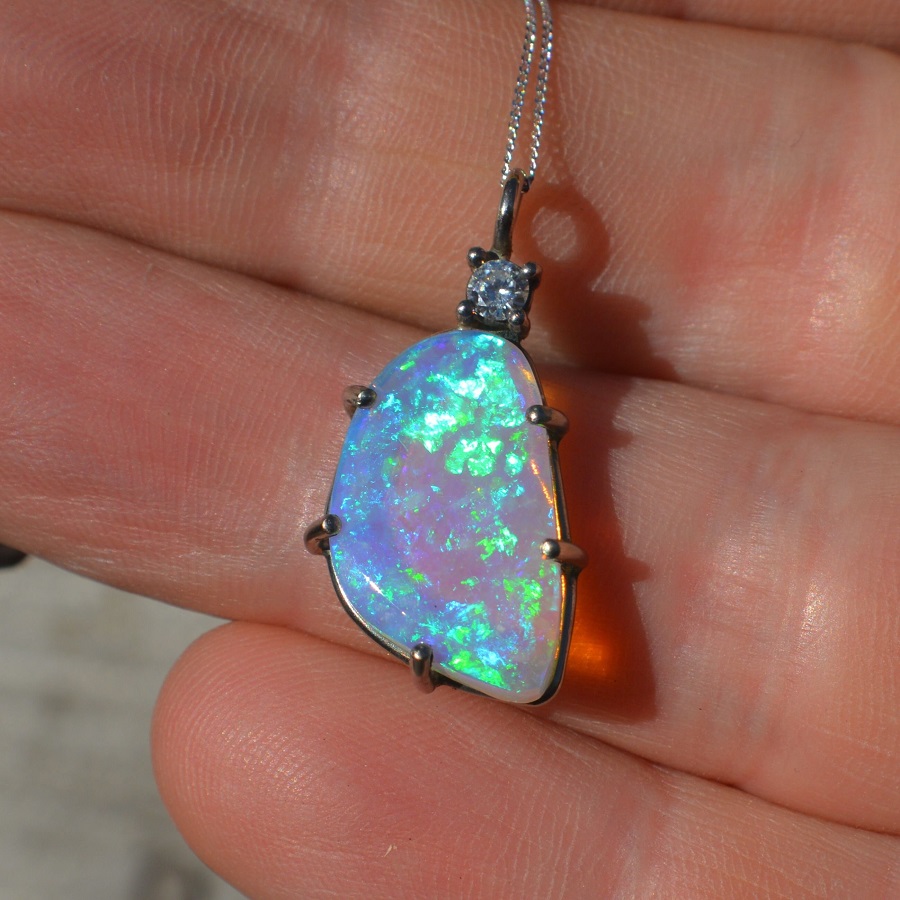Introduction
When can i change earrings after piercing – Changing earrings after getting your ears pierced is an important part of the healing process. Knowing when and how to change earrings safely can prevent irritation, infection, and other complications. Below, we explore the best practices for changing earrings after piercing, with timelines, types of earrings, and tips for maintaining ear health.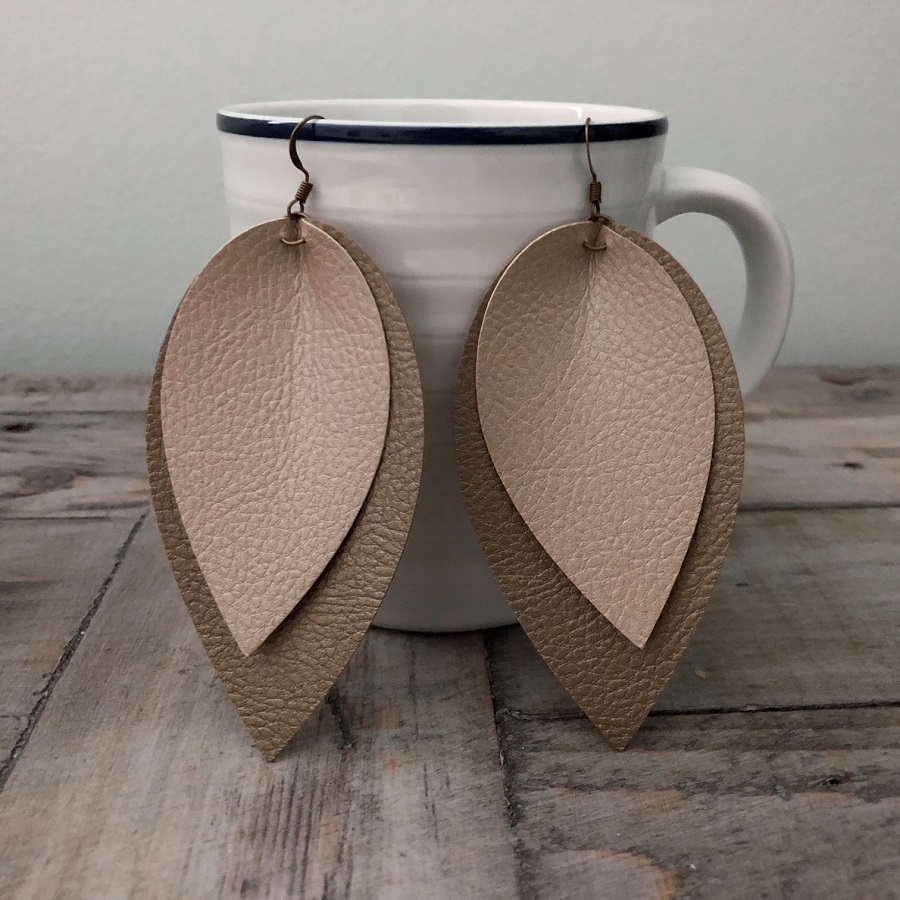
Understanding Ear Piercing and Healing
When you get your ears pierced, a small hole is created in the skin which takes time to heal. This healing process can vary based on several factors including the individual’s health, aftercare routines, the placement of the piercing, and the type of jewelry used.
- Types of Piercings:
- Lobe Piercing: The most common type, usually heals within 6-8 weeks.
- Cartilage Piercing: More complex, often takes 3-12 months to fully heal.
Initial Aftercare
During the first few weeks, taking care of your piercings is crucial. Here are general aftercare tips:
- Cleaning: Clean the area around the piercing with saline solution or alcohol-free antiseptic solution twice daily.
- Avoid Touching: Minimize touching or twisting the earrings to prevent irritation and infection.
- Stay Dry: Avoid swimming in pools, hot tubs, or natural bodies of water until the piercing has fully healed.
Safe Earring Change Timeline
For Lobe Piercings
- Weeks 1-2:
- Do Not Change Earrings: The first two weeks are critical. Keep the original earrings in place. If they are causing discomfort or irritation, consult your piercer or a medical professional.
- Weeks 3-4:
- Possible to Change: If your piercings feel secure and show no signs of redness, swelling, or discharge, you might consider changing to a different pair of earrings. Choose studs made from hypoallergenic materials such as surgical stainless steel, titanium, or gold.
- Weeks 5-8:
- Change with Caution: By this stage, you may be more comfortable changing earrings. Ensure that your new earrings are lightweight and won’t put pressure on the piercing.
- After 8 Weeks:
- Regular Changes: Once fully healed, you can change your earrings more freely. However, continue using hypoallergenic materials to avoid allergic reactions.
For Cartilage Piercings
- Weeks 1-4:
- Avoid Changing: Cartilage piercings take longer to heal, so it’s advisable to wait at least four weeks before considering a change.
- Weeks 5-12:
- Caution Advised: If there is no discomfort, you might begin to change your earrings, but do so carefully. Opt for lightweight and hypoallergenic jewelry to minimize irritation.
- After 12 Weeks:
- Change Jewelry with Care: After the initial healing period, you can start experimenting with different styles. However, always check for sensitivity before wearing new designs for extended periods.
Selecting the Right Jewelry
When it comes to choosing earrings post-piercing, opt for:
- Hypoallergenic Materials: Surgical stainless steel, titanium, niobium, sterling silver, or 14k gold reduce allergic reactions and irritation.
- Lightweight Designs: Especially for new piercings, heavy earrings can pull on the ear and hinder healing.
Recognizing Signs of Trouble
If you experience any of the following symptoms, consult a professional:
- Redness and Swelling: Persistent inflammation around the piercing may indicate an infection.
- Pus or Discharge: Any abnormal discharge can signal an infection.
- Pain or Tenderness: Increased discomfort can warrant a check-up.
- Inability to Wear Jewelry: If you can’t insert or remove earrings without severe pain, seek advice from a piercer or doctor.
Understanding the Healing Process
Healing Timeline:
- Initial Healing: After piercing, the skin around the area will begin to heal. For standard lobe piercings, this typically takes around 6 to 8 weeks. Cartilage piercings, like those done in the upper ear, can take 3 to 12 months to fully heal, depending on individual factors.
- Signs of Healing: During the healing process, it’s common to experience some swelling, tenderness, or minor discharge. However, if you notice increased redness, warmth, pus, or prolonged pain, it might indicate an infection.
Why Wait to Change Earrings:
- Skin Regeneration: During the healing phase, the skin is forming new tissue around the earring post. Changing the earring too soon can disrupt this process, potentially leading to tears or even closing of the piercing.
- Infection Risk: Newly pierced ears are especially susceptible to infection. Introducing new earrings too soon may irritate the piercing or introduce bacteria.
When Can You Change Your Earrings?
Timing Recommendations:
- Standard Lobe Piercings: It’s usually safe to change your earrings after 6 to 8 weeks, provided there’s no sign of infection or irritation.
- Cartilage Piercings: Wait at least 3 to 6 months before changing earrings, and preferably consult with a professional piercer or dermatologist to assess the healing status.
Guidance:
- It’s wise to consult the piercer who performed the procedure. They can give personalized advice based on the specific technique used and your ear anatomy.
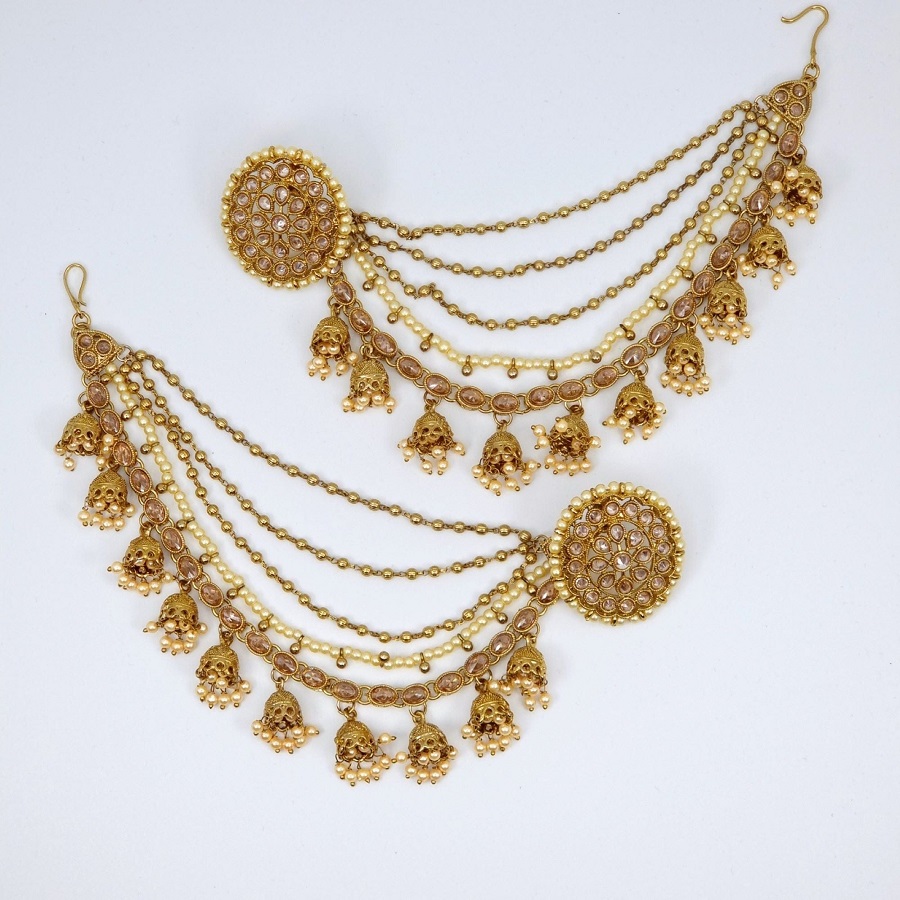 Selecting New Earrings
Selecting New Earrings
Once you’ve determined it’s time to change your earrings, consider the following:
Material Matters:
- Opt for hypoallergenic materials such as surgical stainless steel, titanium, or gold (14k or higher), which are less likely to cause reactions.
- Avoid nickel and cheap metals, which may irritate the skin.
Design Considerations:
- Start with studs or small hoops that are easy to put in and take out.
- Avoid heavy earrings initially; they can pull on the healing tissue.
Caring for Your Newly Changed Earrings
After you’ve successfully changed your earrings, proper aftercare is still essential:
Continue Cleaning:
- Clean your new earrings and piercing site regularly using saline solution or a gentle antiseptic recommended by your piercer to prevent infection.
- Avoid touching your earrings with dirty hands.
Monitor for Changes:
- Keep an eye on any signs of irritation, such as redness or swelling. If problems arise, consult a healthcare professional.
Don’t Overdo It:
- Allow your ears time to adjust. Avoid constantly switching earrings, especially in the first few months after changing them.
Signs You Might Need to Wait Longer
While the general timeline can guide you, some individuals may need to wait longer to change their earrings:
- History of Keloids: If you tend to develop keloids (thickened areas of scar tissue) after injuries, it’s crucial to proceed with caution.
- Skin Conditions: Pre-existing skin conditions like eczema or psoriasis can affect healing times. Consult a dermatologist for tailored advice.
- Infection Indicators: If you suspect any complications, such as an infection or an allergic reaction, consult a professional rather than trying to change your earrings at home.
Initial Jewelry Choices
When you first get your ears pierced, the type of jewelry used can make a significant difference in your healing process. Here are some common initial options:
- Medical-Grade Stainless Steel: Highly recommended for initial piercings due to its durability and resistance to corrosion.
- Titanium: Lightweight and hypoallergenic, titanium is an excellent choice for sensitive skin.
- Gold: Solid gold (at least 14k) is usually safe; however, gold-plated can irritate skin and cause allergic reactions if worn too early.
Avoid using jewelry made from materials like acrylic, nickel, or sterling silver for your initial piercing, as these can cause allergic reactions and prolong the healing process.
When to Change Earrings
Timing is everything when it comes to changing your earrings. Here’s a detailed look at factors influencing when to change your jewelry:
After the Recommended Healing Time
Wait until you’ve reached the recommended healing period specific to your piercing type before changing earrings. For lobe piercings, this is typically 6-8 weeks, but always listen to your body. If it still feels tender after this time, you may need to wait longer.
Check with Your Piercer
Always consult with your professional piercer if you’re unsure. They can examine your piercing and let you know when it’s safe to swap out the jewelry.
The “Test” Method
If you feel confident, you can gently twist the earring (without removing it) after a few weeks to assess any discomfort. If there’s none, it might be safe to start considering a change.
Choosing the Right Earrings Post-Piercing
Once you’re ready to change your earrings, here’s what to keep in mind:
Material Matters
When selecting new earrings, prioritize:
- Hypoallergenic Materials: Opt for materials such as titanium, surgical steel, or solid gold (14k or higher).
- Avoid Reactive Alloys: Stay away from jewelry that contains nickel or other common allergens.
Size and Style
Choose earrings that are light and won’t pull on the healing tissue. Opt for studs or small hoops initially, as these are less likely to irritate.
Weight Consideration
Heavy earrings can stretch the piercing and irritate the area. Stick to lightweight materials until you’re sure the piercing has fully healed.
Aftercare Essentials
Even after you’ve changed your earrings, continue with proper aftercare:
Cleaning
- Clean the area around the piercing at least twice a week using saline solution or a dedicated piercing aftercare solution.
- Avoid alcohol or hydrogen peroxide as they can dry out the skin and delay the healing process.
Avoiding Irritation
- Stay away from hair products, perfumes, or lotions that may come into contact with the piercing.
- Skip swimming in pools, hot tubs, or lakes until fully healed.
Vigilance
Be on the lookout for any signs of irritation or infection after changing earrings. If you notice anything concerning, revert to your initial jewelry and consult a professional.
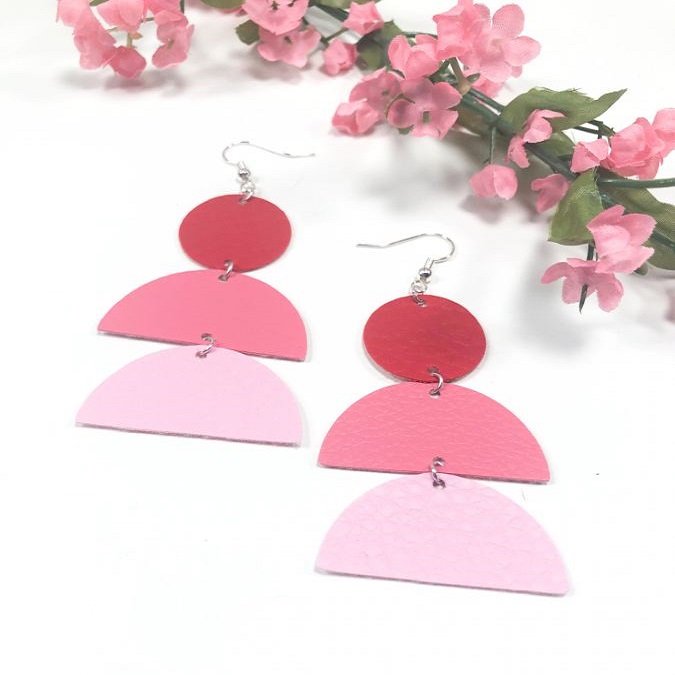 Conclusion
Conclusion
Changing earrings after piercings involves a careful balance between wanting to wear beautiful jewelry and ensuring the integrity and health of your new piercings. Always prioritize aftercare and give your ears ample time to heal before changing earrings. Remember, if you have any concerns, don’t hesitate to reach out to a professional piercer or a healthcare provider for guidance. With the right care, you can enjoy your new adornments safely and stylishly!
